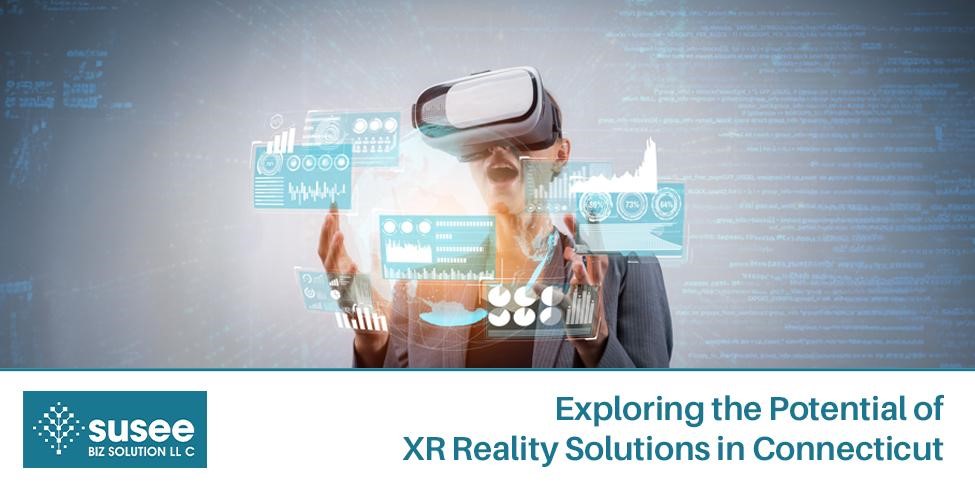
Extended reality (XR) is revolutionizing the way we interact with technology and our environments in the age of digital innovation. Composed of virtual reality (VR), augmented reality (AR), and mixed reality (MR), extended reality combines physical and virtual experiences for an immersive encounter. It can open doors to previously inaccessible corners of reality and transform industries with the power of engagement, productivity, and creativity.
What is XR Reality?
Extended reality refers to technology that combines virtual and real elements to create an interactive experience. VR fully immerses the user in a simulated world, AR overlays digital elements on the physical elements of the world, and MR enables interaction between real and digital objects. These technologies have numerous groundbreaking applications in education, healthcare, manufacturing, and entertainment.
The Growing Relevance of XR Technology
XR technology is becoming increasingly essential as industries strive for innovation and efficiency. From providing hands-on training to simulating real-world scenarios to innovating design processes, their importance is only growing. Healthcare organizations use them to train surgeons, and manufacturing companies use them to collaborate remotely on complex projects via remote collaboration software.
Connecticut is emerging as a hub for XR innovation with its focus on fostering technology-driven growth. Businesses and institutions are exploring XR reality solutions in Connecticut to stay ahead in the competitive landscape. From immersive classroom experiences to advanced workforce training tools, XR is redefining possibilities for organizations across the state.
Why Connecticut is Embracing XR Reality 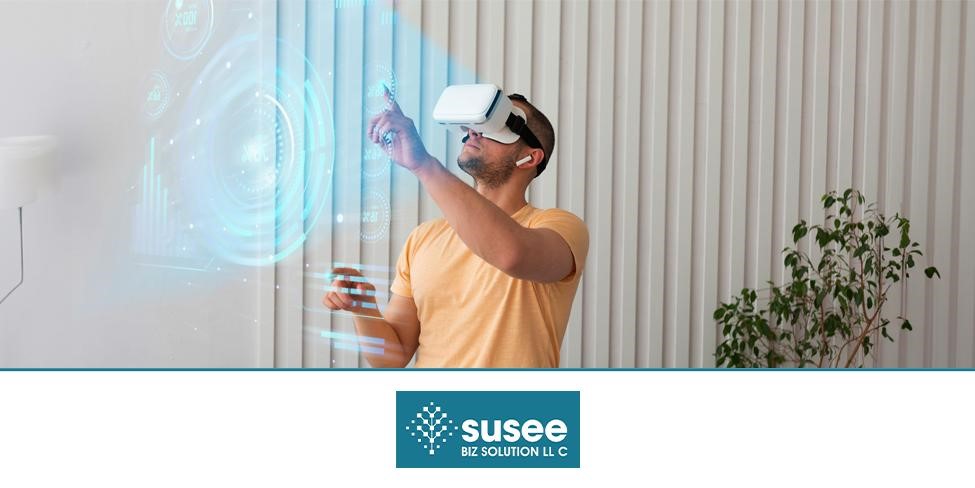
Connecticut is emerging as an innovator hub, particularly in extended reality (XR) technology. Thanks to its forward-looking policies and active innovation ecosystem, Connecticut provides ideal conditions for this technology’s success.
State Initiatives and Tech-Friendly Policies
Connecticut has long demonstrated its dedication to technological progress and innovation by supporting tech businesses with grants, tax incentives, and funding programs for startups and established enterprises alike to experiment and adopt cutting-edge technologies. These measures offer ample incentive for exploring XR technologies like these as they emerge.
One notable program offered by Connecticut Innovations – its state’s strategic venture capital arm – invests in tech startups. This has resulted in growth for XR-focused businesses catering to industries like education, healthcare, and manufacturing. Furthermore, state agencies collaborate closely with private organizations on creating an ideal infrastructure for tech adoption – making the state ideal for exploring XR solutions.
Connecticut’s Thriving Innovation Ecosystem
Connecticut’s vibrant ecosystem of universities, research institutions, and tech hubs creates the ideal conditions for XR innovation. Prestigious universities like Yale University and the University of Connecticut actively conduct XR research & development as they often partner with startups & industry leaders on joint research efforts.
Tech incubators and coworking spaces such as Stamford Innovation Center and District New Haven also provide resources and networking opportunities for entrepreneurs, as these hubs attract talent from all around the country who collaborate and foster creativity when developing XR applications.
Connecticut industries are also taking advantage of XR reality solutions in order to remain competitive, such as simulating real-life scenarios in manufacturing, healthcare, and aviation for more realistic workforce training programs and customer engagement enhancement in retail stores or revolutionizing how education is provided in classrooms.
Applications of XR Reality in Key Industries
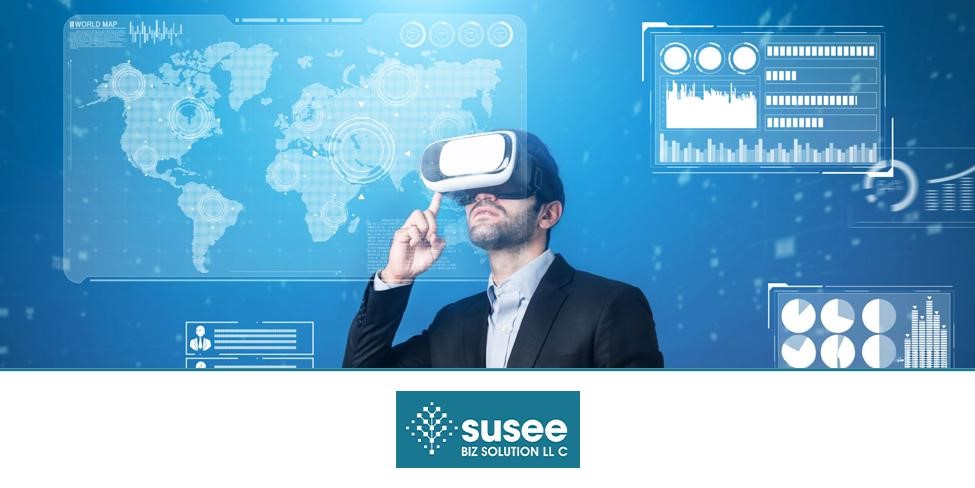
Extended Reality (XR) is revolutionizing industries by merging digital and physical realms to create immersive experiences. From education to entertainment, XR reality is transforming how we learn, heal, create, and produce.
Education
XR is revolutionizing how knowledge is delivered in classrooms, providing virtual environments to make abstract concepts tangible for improved understanding and retention of knowledge. Students can explore the solar system in virtual reality spaces or conduct science experiments in enhanced labs for instance.
These tools give educators an effective tool for engaging their students more directly, helping bridge any gaps between theory and application. Schools and universities in Connecticut are turning to XR technologies in their STEM education as well as skill-based training programs.
Healthcare
XR offers unique training and treatment possibilities in healthcare settings. Medical professionals can practice complex procedures on lifelike simulations that improve precision while simultaneously decreasing errors; additionally, XR therapy supports patient care for conditions such as posttraumatic stress disorder (PTSD) or phobias through virtual environments therapy sessions in virtual worlds facilitated by hospitals using XR solutions in Connecticut are leading the charge in further improving both medical training and patient experience.
Manufacturing
Manufacturing Industries benefit immensely by streamlining processes and making production more effective by visualizing designs in real-time, making production much more cost-effective. Augmented Reality (AR) allows workers to see designs as they come together in real-time, allowing production lines to work more efficiently than before.
XR tools assist technicians with equipment maintenance by offering step-by-step virtual guides, thus minimizing downtime. Connecticut’s manufacturing sector, known for its commitment to innovation, has seen increased adoption of XR to optimize operations and preserve competitive advantages.
Entertainment
Virtual and Augmented Reality technologies have proven revolutionary for storytelling and gaming audiences, offering immersive, engaging experiences such as virtual concerts or 3D gaming environments. Connecticut’s creative industry uses this form of XR innovation to produce groundbreaking content that engages global audiences.
With its ability to address complex challenges and uncover untapped opportunities, XR technology is driving innovation across industries. Connecticut stands at the forefront of adopting this disruptive tech to build an immersive and connected future for generations to come.
Benefits of XR Reality Solutions for Connecticut Businesses
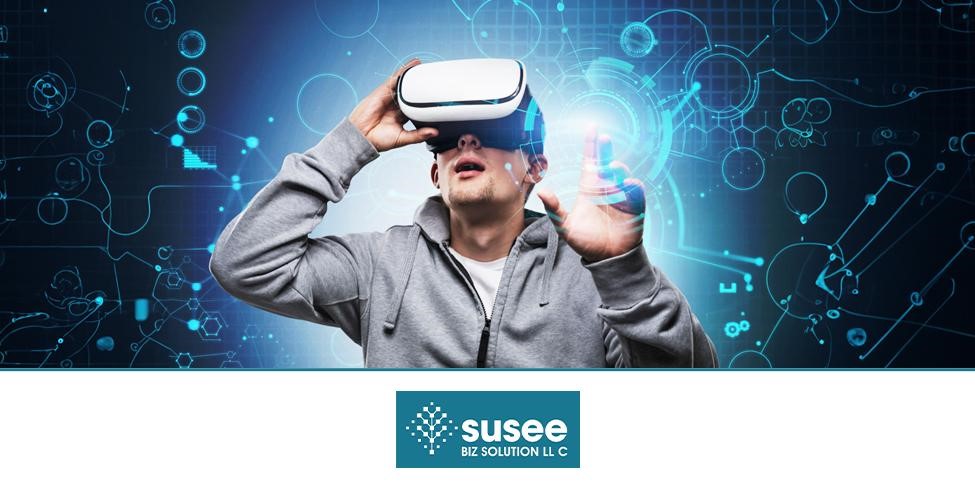
Connecticut businesses face fierce competition to remain successful. Extended Reality (XR) technology is emerging as an indispensable solution. By merging virtual with real environments, XR solutions empower businesses to streamline processes, reduce costs, and enhance customer experiences – as well as gain a competitive edge through innovation. Here are the main advantages associated with adopting Extended Reality technology for business in Connecticut.
Enhanced Productivity and Collaboration
XR reality allows seamless collaboration across physical distances with tools such as Augmented Reality (AR) and Virtual Reality (VR), teams can work in virtual environments together on designs, conduct meetings, or troubleshoot technical issues in real-time without physical meeting in person! XR reality helps foster seamless teamwork by connecting teams virtually across time zones.
For example architects and engineers use virtual reality (VR) technology to virtually review 3D models before implementation and identify any potential issues before proceeding with actual implementation. Connecticut businesses increasingly use XR to overcome communication barriers and increase workflow efficiency.
Cost-Effective Training and Development
Training employees on complex tasks often incur substantial costs and risks. XR provides a safer and cost-effective alternative by simulating real-world scenarios – for instance, manufacturing employees can practice using machinery without risking equipment or safety by simulating real-world scenarios in virtual reality settings.
Healthcare professionals can enhance surgical techniques using virtual reality simulations. Businesses implementing XR reality solutions in Connecticut are finding innovative methods of upskilling their workforce while cutting training expenses.
Improved Customer Engagement
Experience-driven markets require businesses to use virtual and extended reality (XR) technologies effectively for customer engagement and loyalty-building purposes, from virtual showrooms and immersive product demonstrations to creating memorable customer engagements and lasting brand bonds. XR delivers memorable interactions that foster engagement while driving brand affinity..
Real estate companies may provide virtual tours, while retailers use AR to allow customers to visualize products within their environment. Such interactive experiences not only attract customers but can provide insights into consumer behavior as well.
Challenges in Adopting XR Technology
Extended Reality (XR) technology is rapidly revolutionizing industries by offering immersive and innovative solutions. Yet, its implementation comes with its own set of challenges – high initial costs and lack of skilled professionals being among them. Even tech-friendly regions such as Connecticut face difficulties implementing this form of tech.
High Initial Investment
Implementing XR technology requires significant upfront capital. From purchasing advanced hardware such as VR headsets and AR glasses to developing tailored experiences through external developers or proprietary solutions, initial costs for SME’s can often prove prohibitive.
Businesses must account for ongoing costs associated with system maintenance, updates, and staff training to ensure smooth operations. Financial barriers may prevent businesses from exploring XR to its fullest extent; however, companies adopting XR solutions in Connecticut may find relief through grants, tax incentives, or public-private partnerships designed to foster technological advancement.
Skill Gaps in XR Development
The rapid growth of XR technology has outpaced the availability of skilled professionals. Designing and implementing effective XR solutions requires expertise in 3D modeling, programming, and user experience (UX) design, which are still niche skill sets.
As businesses struggle to hire qualified talent, project development often suffers, and costly outsourcing becomes necessary. This skill gap is especially pronounced among smaller organizations where budgetary constraints restrict them from providing employee training programs or making competitive hires.
Connecticut, however, is taking steps to address this problem through collaborations among universities, tech incubators, and industry leaders. Programs designed to upskill both students and professionals working in fields related to XR are gradually closing talent gaps in this space.
Overcoming Barriers
Connecticut businesses can overcome barriers presented by XR technology by taking steps directly at them and investing in strategic investments and workforce development initiatives to take full advantage of XR. It can bring them into an ever-more-immersive digital landscape by seizing upon its transformative potential and remaining competitive in this digitally immersive sphere.
Future Outlook: XR Reality in Connecticut
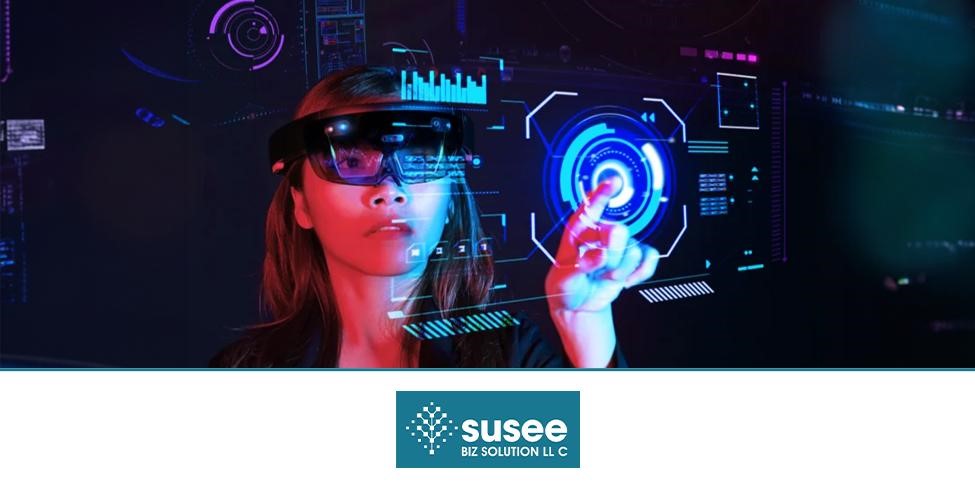
The future of XR reality solutions in Connecticut holds tremendous promise as innovation and tech-driven development take hold across industries in this state. Combining Virtual Reality (VR), Augmented Reality (AR), and Mixed Reality (MR), Extended Reality can transform industries while unlocking opportunities across emerging sectors.
Trends Shaping the Future of XR Solutions
In Connecticut, several trends are shaping its XR technology future. One major development is its integration with Artificial Intelligence (AI) and Machine Learning (ML), both technologies that enhance applications by creating more personalized experiences; AI can simulate real-world scenarios more precisely, providing significant benefits across sectors like education, healthcare, and manufacturing.
Another trend is the increasing adoption of XR in remote work and virtual collaboration. As businesses shift toward hybrid work models with remote workers using hybrid solutions for virtual meetings, team-building activities and remote training. Furthermore, Connecticut’s growing focus on 5G networks should enable seamless XR experiences by improving connectivity and decreasing latency times for seamless VR experiences.
Opportunities for Growth in Emerging Sectors
XR is opening new possibilities for growth across several emerging sectors in healthcare, practitioners are using it to enhance patient care with tools like virtual consultations, AR-assisted surgeries, and therapeutic applications; similarly, education sector players use XR for immersive learning experiences from virtual field trips to hands-on STEM training.
Retail, real estate, and manufacturing sectors all use XR reality solutions in Connecticut to enhance customer engagement by offering virtual try-ons or 360-degree property tours, optimizing operations and safety while streamlining product development; businesses investing in these opportunities gain a competitive advantage through investing in these reality solutions.
Looking Ahead
As XR technology develops further, Connecticut stands poised to lead in its adoption and advancement. Through collaboration between businesses, academia, and government bodies, Connecticut can harness all the possibilities offered by XR to foster innovation, generate jobs, and foster an immersive future for its residents.
Conclusion
Extended Reality (XR) technology brings widespread benefits across industries, revolutionizing how companies engage with, train, and engage their customers. Connecticut is taking great strides toward adopting this innovative solution; by prioritizing supportive policies, technological growth, sector-specific opportunities, and supporting legislation, it will establish itself as an expert provider of XR solutions.






